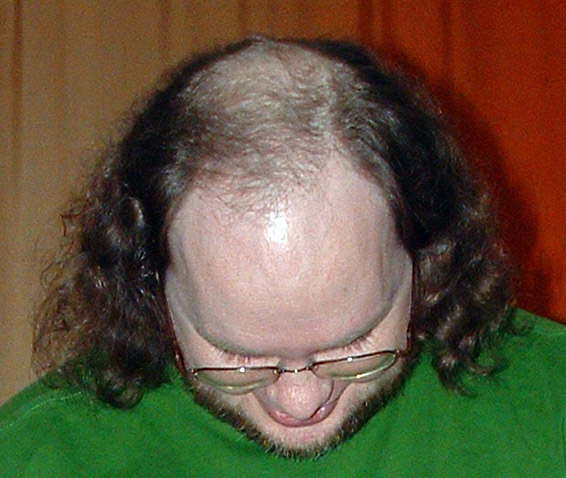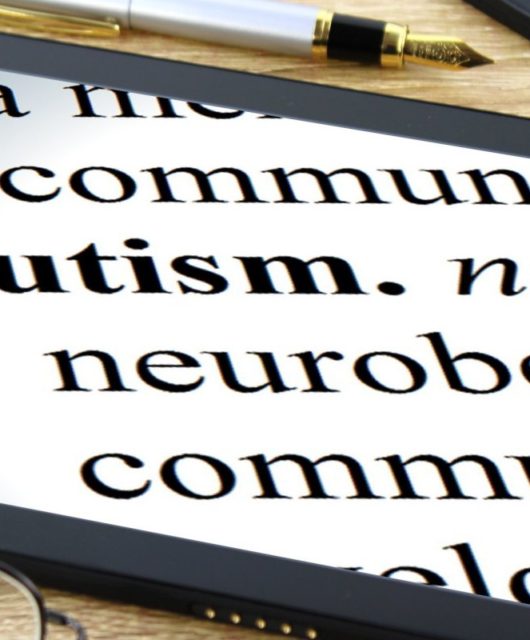Understanding the 4 Leading Causes of Hair Loss
For men, balding is one of the quintessential signs of aging. But with many men losing hair in their 20’s and early-30’s, it’s become quite clear that age is not the only factor in play. There must be other causes involved.

4 Causes of Balding
Most men will eventually go bald – whether partially or fully. But what makes some men lose more hair than others (and lose it more quickly)? Let’s check out a few of the major factors involved:
- Age
First, we need to briefly touch on the role of age and how it impacts the growth of new hair.
The average scalp contains about 10,000 strands of hair. Each of these individual strands survives for an average of four years (growing at roughly one half inch per month). In year five, most of these start to fall out and are replaced within six months by new hair.
By the age of 35, two-thirds of men will experience some degree of hair loss. By the age of 50, a whopping 85 percent will have significantly thinning hair. Roughly one in four men experience the onset of male pattern baldness before they reach the age of 21. When the hair doesn’t cycle back to the growth phase, hair loss is experienced.
- Genetics
In addition to age, family history plays a critical role in balding. If one or both of your grandfathers experienced hair loss at a young age, you most likely will too. It’s hard to beat genetics.
- Lifestyle Factors
While you can’t control age and genetics, there are certain lifestyle factors that have a direct impact on balding. These include sudden physical or emotional shock, certain hairstyles and treatments that pull your hair tight (such as pigtails or cornrows), poor brushing habits, and smoking.
- Underlying Health Conditions
Sometimes balding can be directly tied to underlying health conditions that cause uneven or accelerated hair loss.
Patch hair loss is one example. “This type of non-scarring hair loss is called alopecia areata,” Mayo Clinic explains. “It occurs when the body’s immune system attacks hair follicles — causing sudden hair loss that leaves smooth, roundish bald patches on the skin.”
How to Reverse, Slow, and Avoid Balding
The good news is that you aren’t helpless. While age and genetics will certainly make it harder for you to keep your hair, other factors can be changed to improve your outlook. Here are some practical tips for slowing, reversing, and even avoiding balding:
- Have you considered a hair transplant? One option is the Follicular Unit Extraction (FUE) procedure, which requires no stitches and produces no scarring. Once completed, it looks extremely natural.
- Regular hair washing with a mild shampoo plays an important role in maintaining healthy hair growth.
- While there are varying levels of research on the connection between diet and hair loss, there’s some data to suggest that certain foods help prevent hair loss. These include protein, garlic juice, onion juice, ginger juice, and green tea.
- Medication is always an option. “Minoxidil (Rogaine) probably won’t restore what’s lost, but it can help you hold on to what’s left and even help you regrow a bit,” Men’s Health explains. “The topical med increases bloodflow as well as oxygen and nutrient delivery to the follicle.”
- Stress overwhelms your body with the hormone cortisol. As a result, other hormone levels fluctuate –impacting hair growth and cell regeneration. If you want to avoid issues in this area, find a way to control your stress. Exercise and meditation are two good options.
Whether you’re 75 and almost completely bald, or 27 and noticing the first hint of balding, there are things you can do to enjoy a healthier, lusher scalp. Pay attention to the factors impacting your hair loss and do what you can to overcome them and regain your confidence.









